These are 7 finer things that military video games get wrong about combat
- By Travis Pike
Share This Article
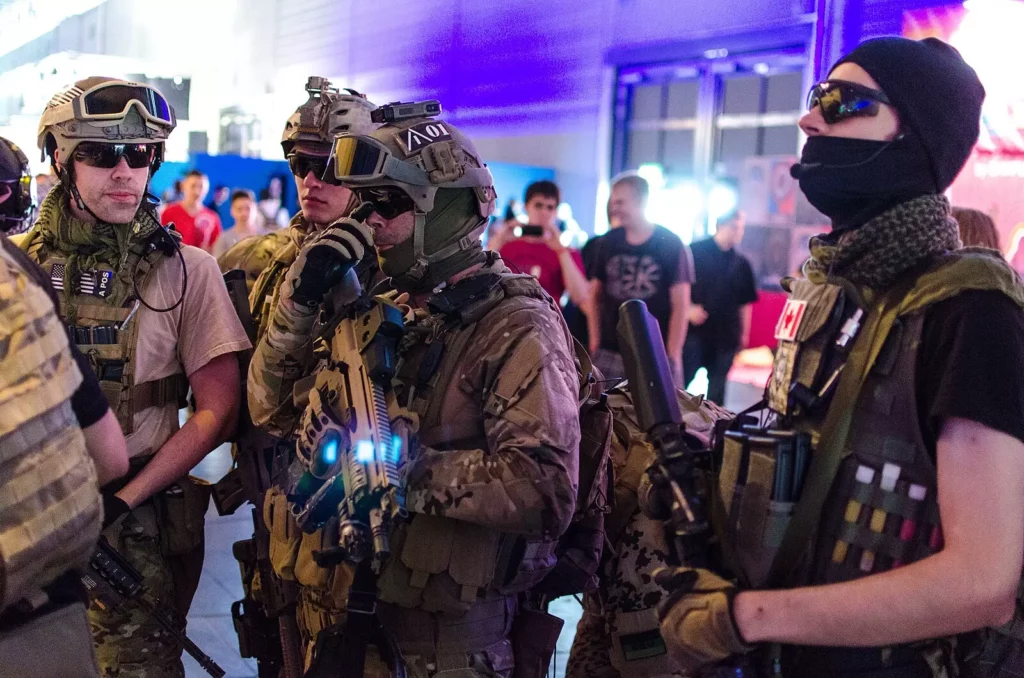
There are dozens of things that military video games get wrong about warfare. Obviously, picking up an IFAK won’t fix a bullet wound and you can’t respawn in real life. And sometimes the hardest day you can have is a seven-hour patrol after 12 hours on post with nothing happening outside of a two-hour working party during your sleeping hours. That’s tough to capture in a military video game.
However, there are also those details that are so fine you might be tricked into believing they are valid. Let’s debunk seven of those.
1) Cooking grenades
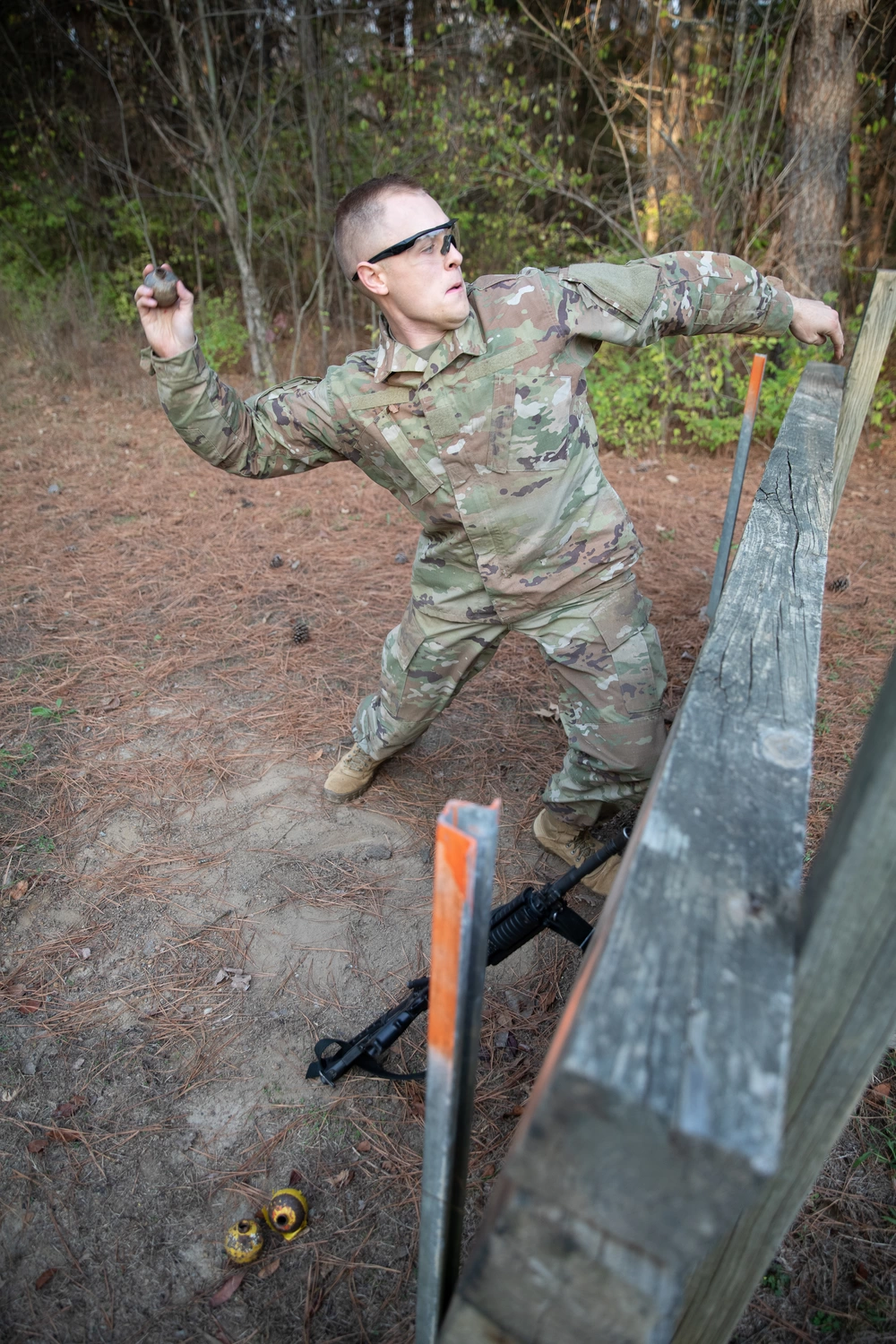
Hold R1 to cook the grenade. You’ve seen that multiple times. Your character pulls the pin and holds the grenade for a few seconds before releasing it. The idea is to give the fuse a few seconds of head start, so the grenade explodes roughly about the same time it hits the ground. This decreases the chance that your enemy to get out of its range before it detonates.
However, no one would ever do this in real life: it is incredibly risky since a five-second fuse might only last four or three seconds. A grenade fuse doesn’t start until the spoon is released, and no one’s releasing the spoon until the grenade is sailing through the air. Not unless you really want to blow yourself up.
Related: Did you know that sports influenced the design of grenades?
2) How machine guns are used
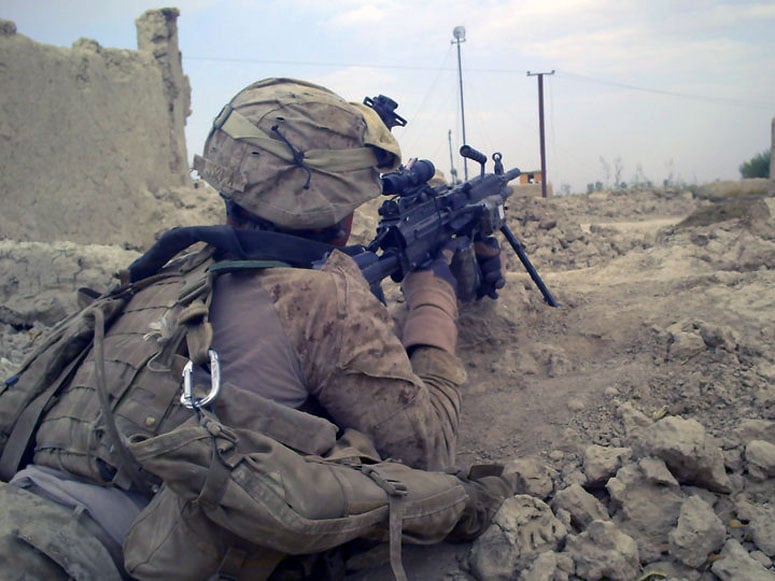
In military video games, machine guns are typically used just like assault rifles. They tend to be a more powerful option that doesn’t need to be reloaded as often but is less accurate than an assault rifle. In real life, a machine gun is not just a big assault rifle.
The purpose of a machine gun is to lay down suppressing fire which keeps an enemy’s head down and prevents them from rallying, fighting, and moving. They lay down fire and allow a maneuver element to maneuver easily. Machine guns aren’t for clearing rooms, and you wouldn’t see a machine gunner take point.
3) Night vision
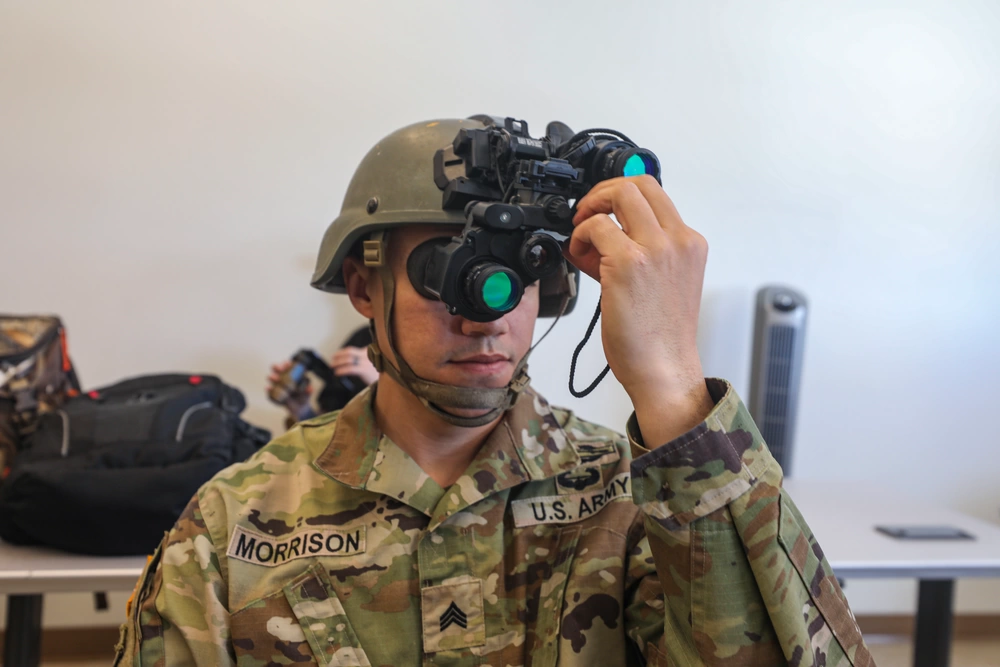
Splinter Cell convinced me that flipping down my night vision monocle would take me to a land of green awesomeness, and no matter how dark the world was, I would be able to see! Also, I thought there would be that cool mmmmMMM sound. Alas, I learned that’s not how it works.
Nightvision amplifies existing light in the visible and IR spectrum. If there is no moon or starlight, your night vision sucks and you’ll barely see anything. On the brightest of nights, you might even feel like your night vision goggles hardly make a difference. Don’t get me wrong, they work and are invaluable to a fighting force, but temper your expectations.
Related: The Army just tested new night vision and optics that can shoot around corners
4) Grabbing the guns of enemies
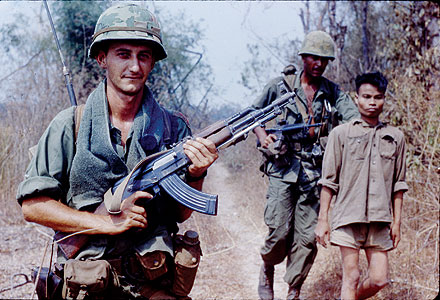
Grabbing an enemy’s weapon and leaving yours behind is a time-honored video game tradition. But that doesn’t work in real life.
If you did that in real life, you’d be in serious trouble and could even have charges pressed against you for losing your rifle. Plus, if you grab a bad guy’s gun, your ammo and magazines don’t miraculously convert to the enemy’s ammo and magazines.
Related: How Green Berets set up their rifles for the fight
5) Always be reloading
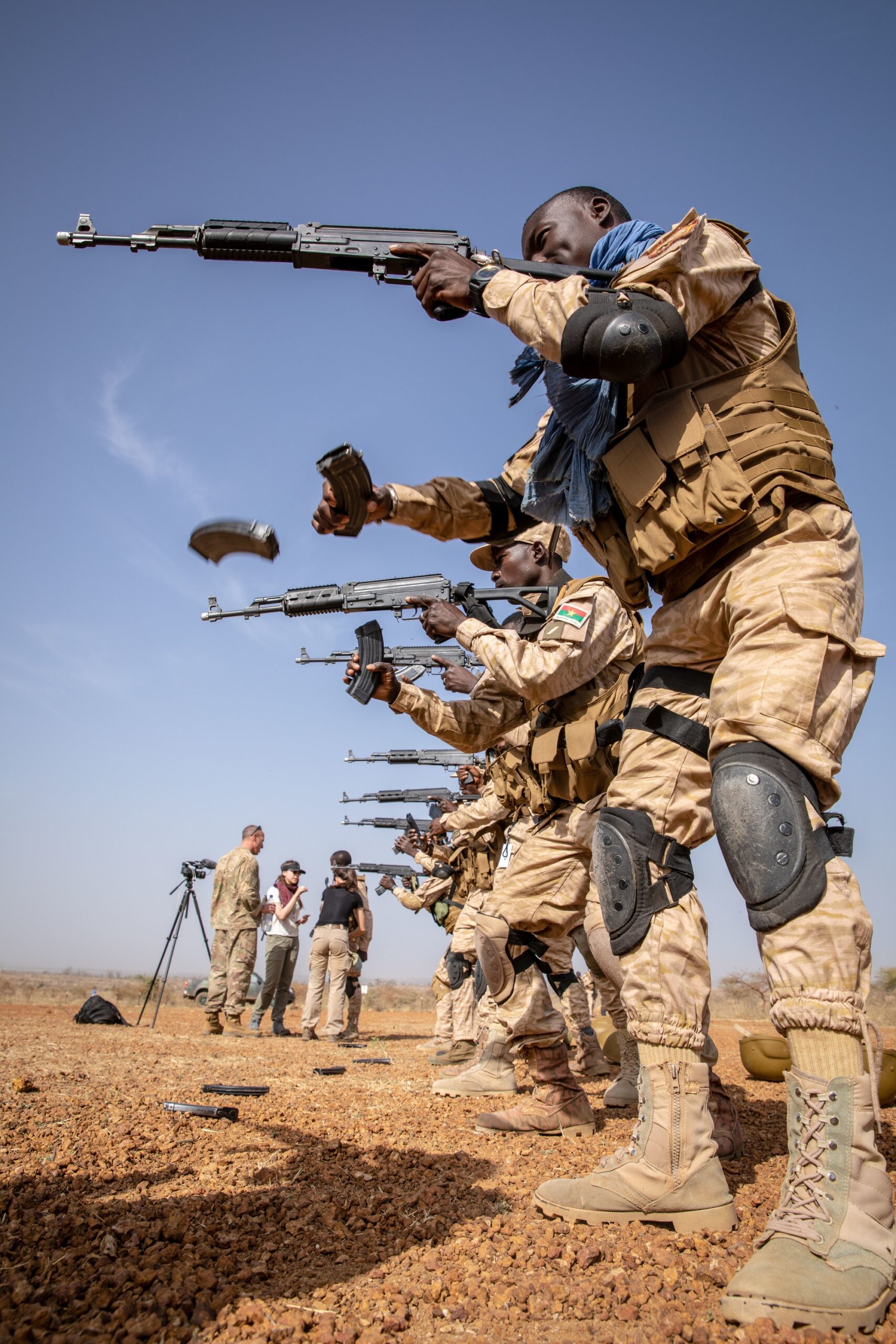
Every time I play a military video game, I reload after every engagement. Even if I fired a single round, I’m hitting the reload button. You never know when you’ll need a full magazine. Most video games don’t force you to ever come back to a partially reloaded magazine.
Admittedly, in combat, keeping your gun ready is important, but you won’t be reloading after firing three rounds. You also won’t be running toward an objective and reloading on the fly. It’s usually best to reload behind some form of cover. Not to mention the fact that in real life there is no well-placed ammo crate along a mission route.
Related: DARPA wants a Spec Ops plane with a set of insane characteristics – and it wants it fast
6) The range of modern warfare
Video games would have you thinking you’ll be in bad breath range of bad guys for every encounter. In reality, engagement distances that close are fairly rare. No one wants to be that close to someone with a gun, and even in house-to-house fighting, you rarely find yourself face-to-face with a bad guy.
Most of the time, engagements take place at hundreds of yards and the most common range is closer to three hundred yards. Although close-quarters combat does happen, it’s not that common.
7) It’s an individual effort
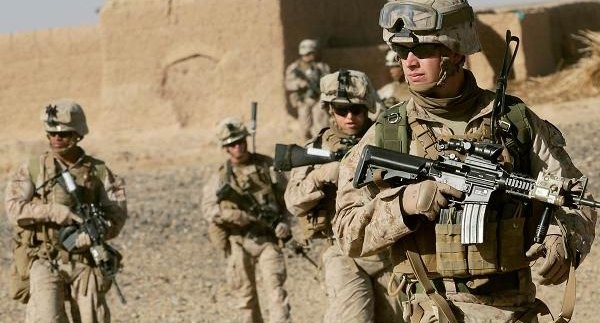
In video games, you, the player, are the star of the show. You’re scoring all the touchdowns, kicking down all the doors, and going headfirst into the fray. In reality, combat is a team effort. A raid on a building might employ a platoon’s worth of people between an internal and external cordon and a raiding force.
A soldier by himself is a sad state of affairs. You lean on each other to succeed and rarely is there individual glory to be handed out. Soldiers, Marines, and warfighters of all types work together to achieve an objective.
Press Start
Video games are a great way to pass the time, but they are still recreational activities. There are admittedly some hardcore and realistic simulations out there, but none will ever capture the experience of warfare fully.
Featured Image: Attendees of Gamescon 2012 dressed up as soldiers. (Photo by Sergey Galyonkin)
Read more from Sandboxx News
- The bravery of a Marine guerrilla in World War II
- This bent-barrel rifle was one of Nazi Germany’s most weird weapons
- The Marines want to make their secret beach-swarming drones autonomous
- Get out: Making the most of a Duty Station
- A Russian soldier’s newly translated account of the war in Ukraine reveals the poor state of Russia’s military
Related Posts
Sandboxx News Merch
-

‘AirPower’ Classic Hoodie
$46.00 – $48.00 Select options This product has multiple variants. The options may be chosen on the product page -

‘Kinetic Diplomacy’ Bumper Sticker (Black)
$8.00 Add to cart -

‘Sandboxx News’ Trucker Cap
$27.00 Select options This product has multiple variants. The options may be chosen on the product page

Travis Pike
Travis Pike is a former Marine Machine gunner who served with 2nd Bn 2nd Marines for 5 years. He deployed in 2009 to Afghanistan and again in 2011 with the 22nd MEU(SOC) during a record-setting 11 months at sea. He’s trained with the Romanian Army, the Spanish Marines, the Emirate Marines, and the Afghan National Army. He serves as an NRA certified pistol instructor and teaches concealed carry classes.
Related to: Breaking News
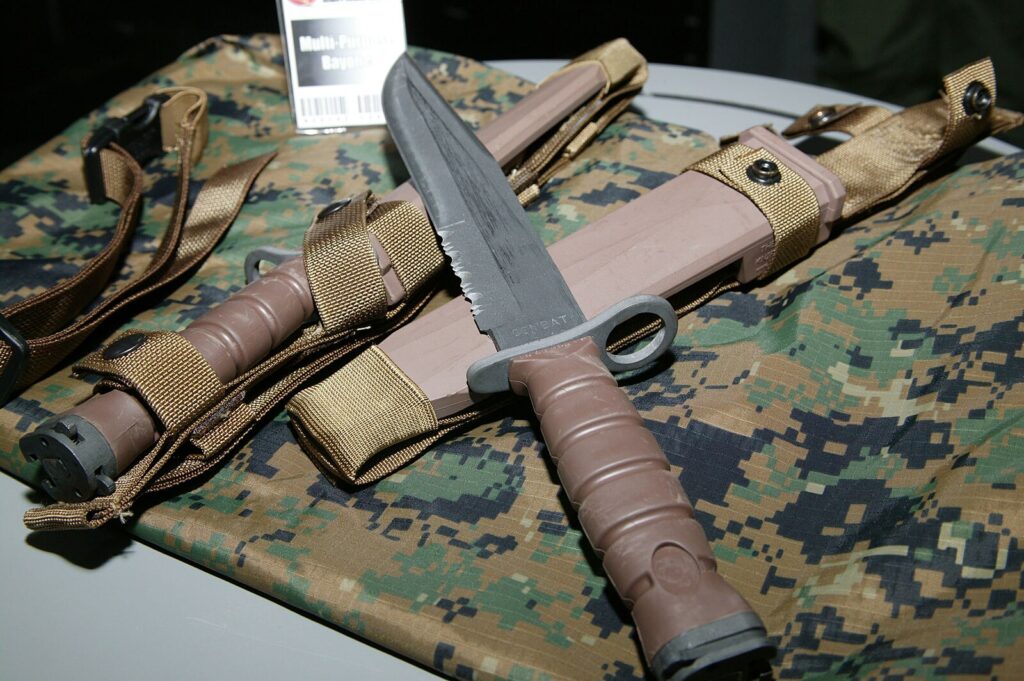
The five best bayonets still in use around the world
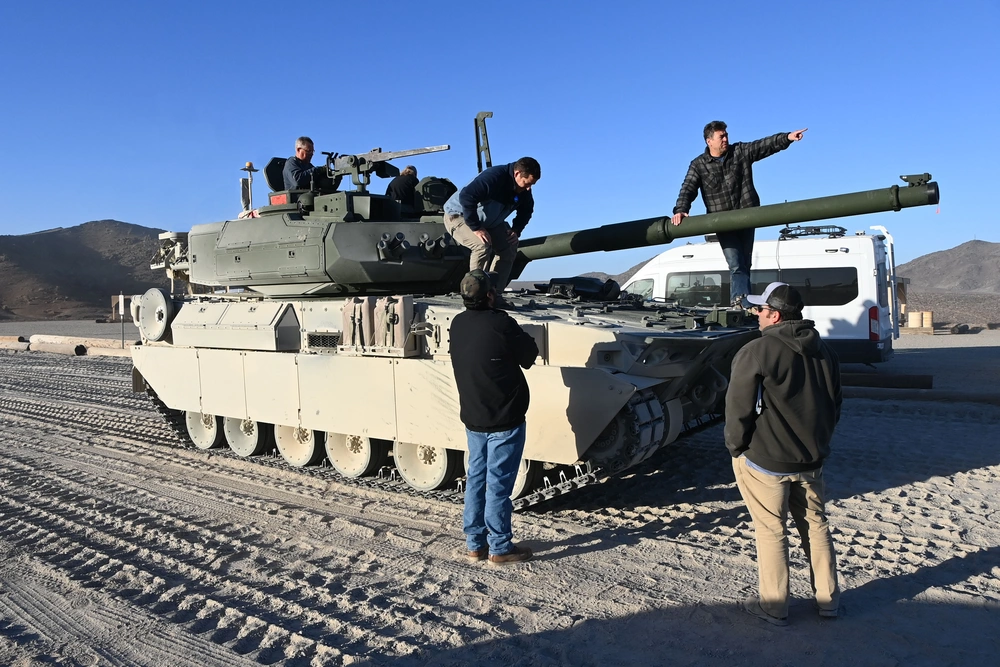
The M10 Booker and how the Army flubbed a tank

Caseless ammo could be the future of cartridges
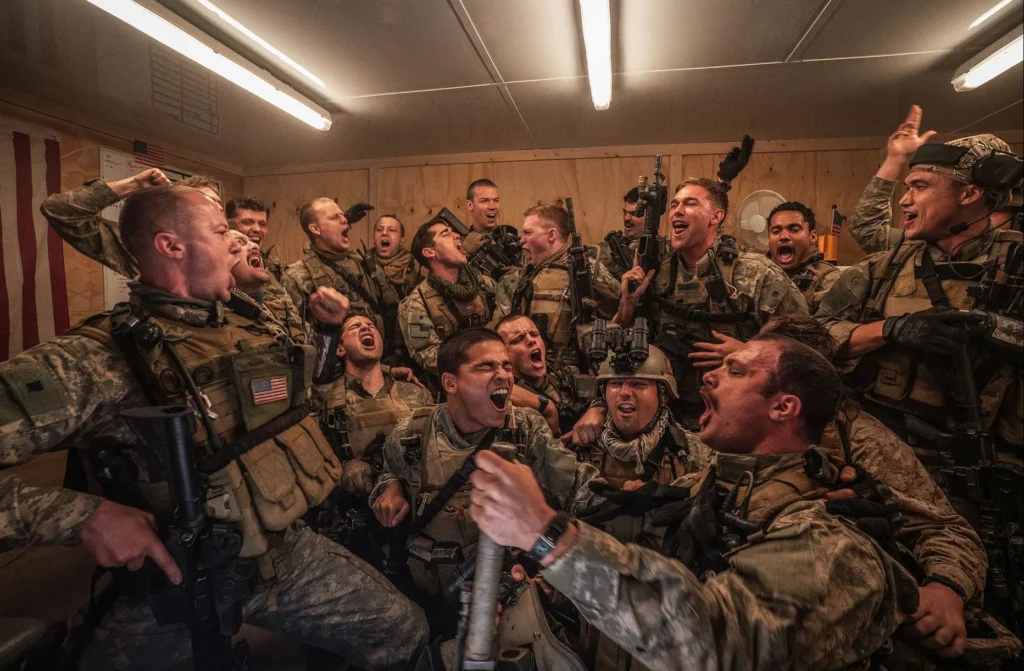
‘Warfare’ shows the brutal reality of combat for an elite unit
Sandboxx News
-

‘Sandboxx News’ Trucker Cap
$27.00 Select options This product has multiple variants. The options may be chosen on the product page -

‘AirPower’ Classic Hoodie
$46.00 – $48.00 Select options This product has multiple variants. The options may be chosen on the product page -

‘AirPower’ Golf Rope Hat
$31.00 Select options This product has multiple variants. The options may be chosen on the product page -

‘Sandboxx News’ Dad Hat
$27.00 Select options This product has multiple variants. The options may be chosen on the product page
